The following is a review by Glenn Wright.
Canadian soldiers and airmen suffered great physical and emotional trauma as POWs. Telling the story of our ancestors who experienced these challenges is worth the time and effort to explore the many resources available to us.
The author of this slim volume, Ken Cox, has published several books on researching military ancestors including A Call to the Colours, an overview of Canadian military records, as well as books on the War of 1812 and the rebellions in Upper and Lower Canada.
Cox has now turned his attention to Canadians who were prisoners of war in the First and Second World wars. He provides a general overview of the number of POWs in each conflict, information about the camps in Germany and elsewhere, a brief description of the conditions faced by those incarcerated by the enemy and efforts from the home front to provide POWs with additional food and comforts.
For family historians and genealogists, Cox outlines the sources of information that document several thousand Canadians who found themselves in the hands of the enemy. Aside from the obvious sources, i.e., military service files, Cox shows that there are additional sources of information relevant to both wars at Library and Archives Canada (LAC), the UK National Archives (TNA) and the International Red Cross.
The list of sources is by no means exhaustive, some are not relevant and others are incomplete. If researching a Canadian POW, in either war, one would be advised to take a closer look at LAC holdings on the topic through “Collections Search”.
One of the most interesting and overlooked sources for First World War POWs are the published reports on the Maltreatment of Prisioners of War (McDougall Commission). The reports are available online, but not on Canadiana.org as suggested.
For Second World War personnel, it would have been useful to include advice on how one might access the service records of an ancestor who was a POW during the war using Access to Information.
Illustrations consisting of photographs and documents are interesting. While some of the suggested website and record sources need clarification, this is a good first step in any research on Canadian POWs in either of the world wars.
Documenting Canadian Military Personnel Who Were Prisoners of War During World War One or World War Two, by Ken Cox is published by and available from Global Heritage Press at https://globalgenealogy.com/countries/canada/military/resources/101256.htm
COMMENT
A large part of the book is a reproduction of a list of Second World War Canadian POWs, in alphabetical order by surname, sourced from TNA. The same information is in a searchable database at Findmypast.
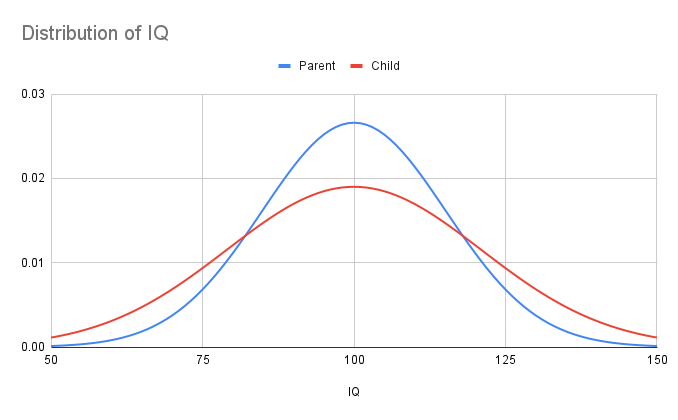 As the population at large has a normal distribution with an SD of 15, there must be another influence that returns the child population’s average SD to 15. The environment acts to increase numbers of near average IQ and reduce IQ extremes.
As the population at large has a normal distribution with an SD of 15, there must be another influence that returns the child population’s average SD to 15. The environment acts to increase numbers of near average IQ and reduce IQ extremes.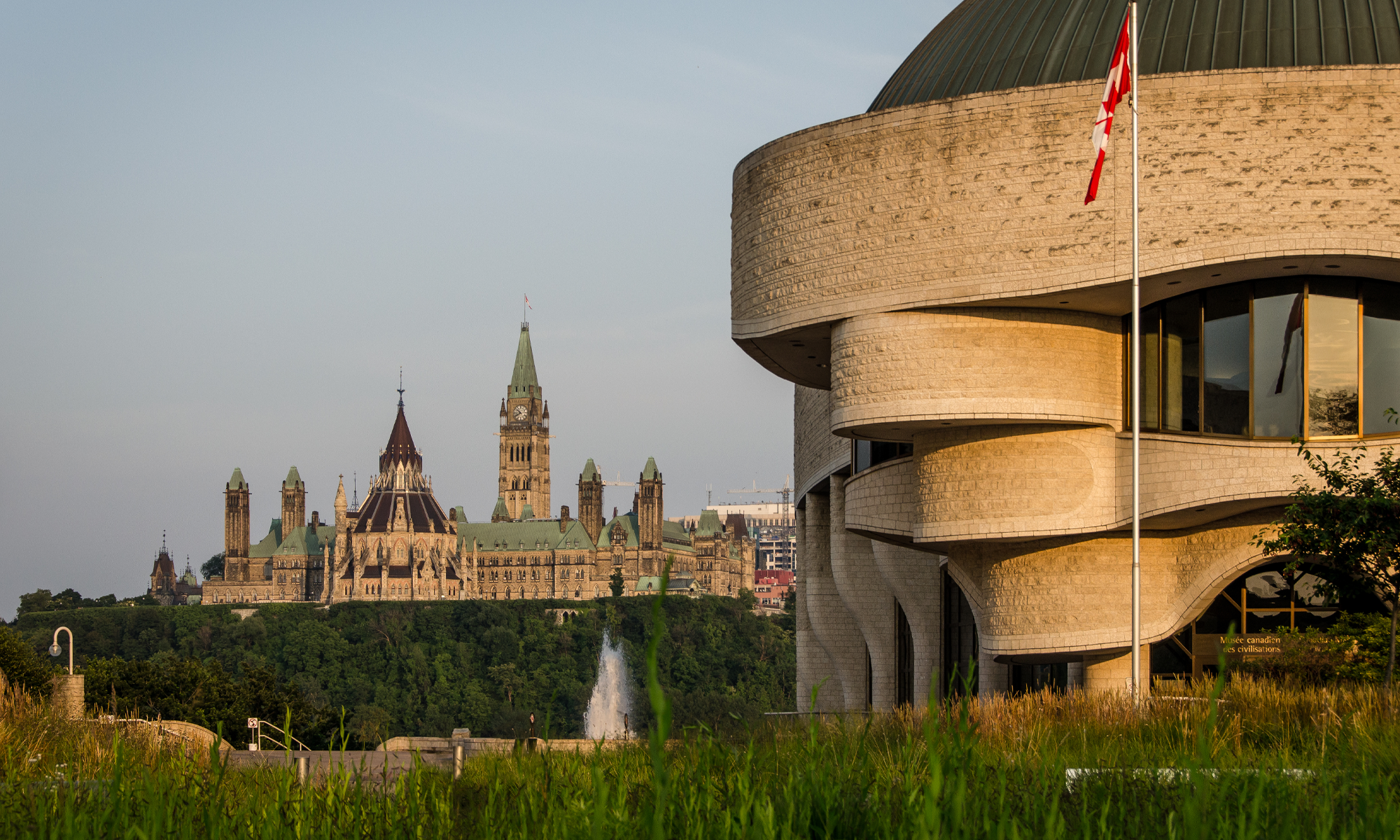

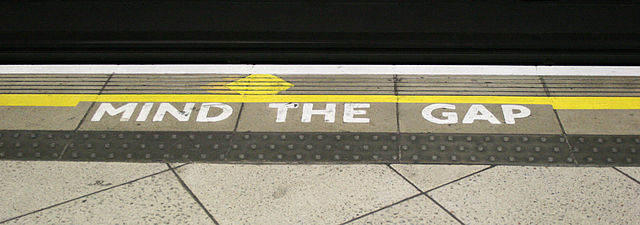
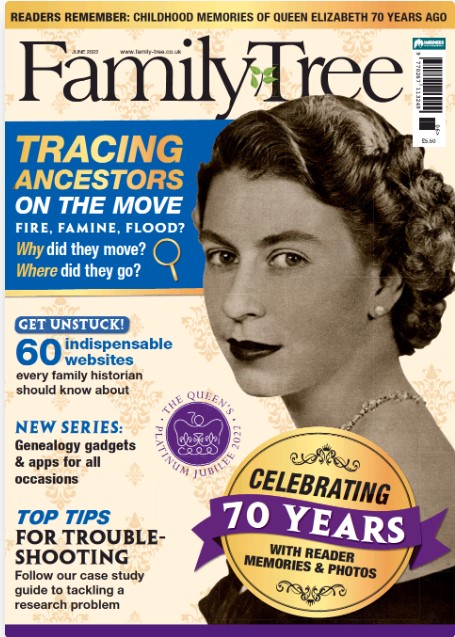
 One of the largest collections on MyHeritage was recently updated. It’s now 276,247,687 records. Here’s how MyHeritage describes the collection.
One of the largest collections on MyHeritage was recently updated. It’s now 276,247,687 records. Here’s how MyHeritage describes the collection.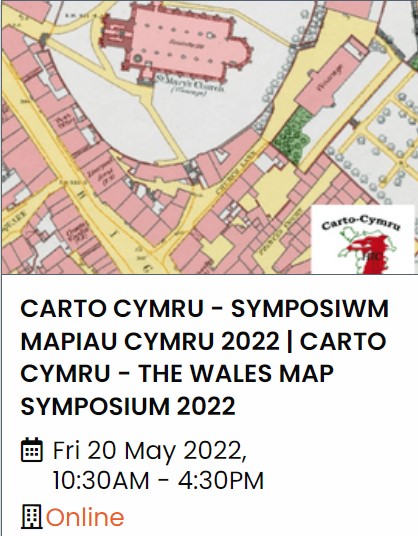 Mapping in Megabytes
Mapping in Megabytes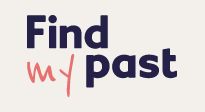 Over 150,000 records
Over 150,000 records